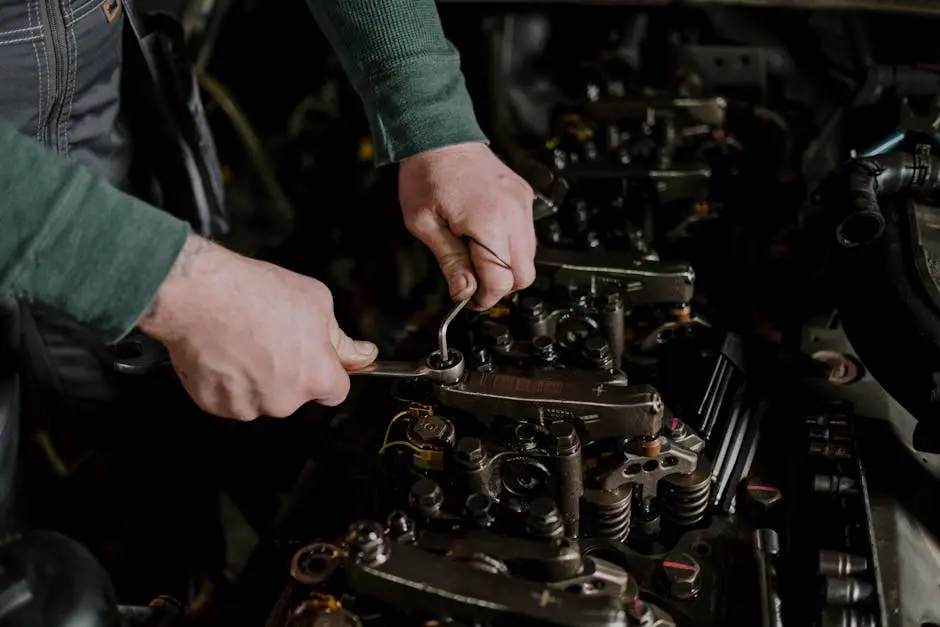Facing a furnace issue during those chilly winter months can be quite stressful. But worry not! In this guide, we’ll walk you through some common furnace problems, along with solutions to keep your home warm and cozy. Let’s dive into the most common furnace issues and how you can effectively tackle them.
1. Insufficient Heating
One of the most common problems is when your furnace isn’t heating enough. This could be due to a clogged filter or a thermostat issue. Regularly replacing filters and checking your thermostat settings can often resolve the problem.
Sometimes, the issue might be as simple as the size of your furnace being inadequate for your home. If your furnace is too small, it won’t be able to heat the space effectively. In such cases, considering an upgrade might be beneficial. It’s also worth noting the importance of proper furnace maintenance throughout the year to prevent insufficient heating and other related issues.
2. Furnace Not Turning On
If your furnace won’t turn on, check the circuit breaker and ensure the unit is properly connected to power. If it’s still not functioning, there might be an issue with the ignition system that may require professional attention.
A more serious problem might involve the furnace’s safety switch not working correctly. This can happen if the safety switch has been triggered by a component that has failed. Understanding how to reset your furnace properly can often solve this issue—follow your manufacturer’s instructions carefully to avoid any mishaps.
3. Pilot Light Issues
A common issue with older furnaces is a pilot light that won’t stay lit. This can be caused by a faulty thermocouple or gas supply problems. Ensuring the pilot light is clean and the thermocouple is adjusted correctly can often fix this.
In addition to the thermocouple, you should also consider inspecting the gas valve to ensure it’s fully open. If there’s a problem with the gas flow, even a perfectly functioning pilot light won’t solve the issue. Keeping your furnace pilot light free of dirt and dust is a simple task that can help ensure smooth operation, preventing several related problems down the line.
4. Frequent Cycling
If your furnace is constantly turning on and off, a malfunctioning thermostat or dirty filter might be the culprit. Ensure your thermostat is positioned away from direct sunlight and drafts, and replace filters regularly.
Additional factors leading to frequent cycling can include blocked air vents or an overheating unit. Consider consulting a professional if you’re unable to determine the cause. Regular maintenance and system checks can help prevent these issues before they start and ensure your furnace is operating as efficiently as possible.
5. Strange Noises
Rattling, rumbling, or grinding noises from your furnace can indicate mechanical issues such as loose components or a motor problem. A regular maintenance check can help catch these early.
Apart from the usual suspects like loose screws or a misaligned blower wheel, the source of unusual furnace noises could also be a sign of a cracked heat exchanger. This is a serious issue because it could lead to carbon monoxide leaks. Thus, addressing odd furnace sounds promptly can prevent larger safety concerns in your home.
6. Blower Running Continuously
A blower that doesn’t stop running may indicate an issue with the limit switch. Resetting the furnace or consulting a professional can help in such situations.
The continuous operation of your furnace blower isn’t just a nuisance; it can significantly increase your energy bills. Make sure the fan setting on your thermostat is set to ‘auto’ instead of ‘on.’ If the problem persists, this might be a job for a furnace expert who can replace or repair a faulty limit switch.
7. Thermostat Malfunctions
If your furnace isn’t responding as expected, the thermostat might be to blame. Checking the batteries, calibration, and settings can resolve many issues.
Beyond basic checks, complex malfunctions could involve wiring issues. An understanding of your thermostat’s software and its connection with the furnace unit is advantageous. Hiring an expert to calibrate or replace your malfunctioning thermostat ensures the system is functioning efficiently and accurately, bringing comfort back to your home.
8. Ductwork Issues
Leaky or poorly insulated ducts can lead to uneven heating and increased energy costs. Ensuring ducts are sealed and insulated can improve efficiency and comfort.
Sometimes, the path to resolving inefficient heating can involve more than just the furnace. Insulating your home and sealing leaks in your ductwork, especially in spaces like attics and basements, can greatly improve your heating system’s performance. Resources on duct sealing techniques offer guidance that can be beneficial for homeowners looking to enhance their heating efficiency.










